In Enjoy your day with Mumbai, We are already get some basic but interesting overall glimpse of Mumbai. How to plan your trip and my experience for Mumbai day trip Post Vacation Hangover – Tour Mumbai. With my experience and information, I would like to write here some interesting and unfamiliar facts and story about Indian glory ” Gateway of India”.
Did you know why this place known as Gateway of India?
Significance Of Gateway Of India
Hey this is the place, where we just entered and stand in front of this beautiful structure. we feel here some great force of universe and creativity of mind. When we stand and look up, that is the moment of freedom and boundaryless feeling of expressions.
Gateway of India is stand in front of Hindi Ocean with his back support of entire Mumbai city. In right hand you can see On of the Great Taj Hotel and Naval base with left.
Gateway of India stand for may historical and present ups and down of Mumbaikars. It is the place where the viceroys and governors used to land upon their arrival in India before Independence of India.
Gateway Of India’s Historical Delicacy
Once up on a time when King George V and queen Mary came to visit India In March 1911, And For their welcome Britishers decided to make a gateway of India.
Architect George Wittet, Who has designed the Gateway of India.
He took four years for building Complete Gateway of India. So, this is the main reason to Britishers decided to develop a Great monument Gateway of India.
The Governor of Bombay, Sir George Sydenham Clarke. Who was then lay down the monument’s first foundation.
The reclamation at Apollo Bunder were complete only in 1919. It took 4 years to finished this monument’s construction.
Know More About Best Architecture Of Mumbai:
- New Wing of Mumbai City Museum Design.
- Namaste Tower.
- The Chhatrapati Shivaji Maharaj Vastu Sangrahalaya.
Architectural Elegance Of Gateway India
Gate-way of India ( 1913 – 1924 ), was designed by the Scotsman George Wittet (1878-1926).
Height of this structure at point of its main arch keystone is 26 mt.
Yellow basalt rock and Indissoluble concrete are used for built this great monument.
The central dome of Gateway of India is 83 ft.(24.9 mt.) long with 48 ft.(14.4 mt.) diameter of Gateway of India.
Architect George Wittet adopt to design Gateway of India in the Indo-Saracenic style of architecture, that combined Gothic-like flamboyance with Islamic-Indian architectural features. He also combined the elements of the Roman triumphal arch and the 16th-century architecture of Gujarat.
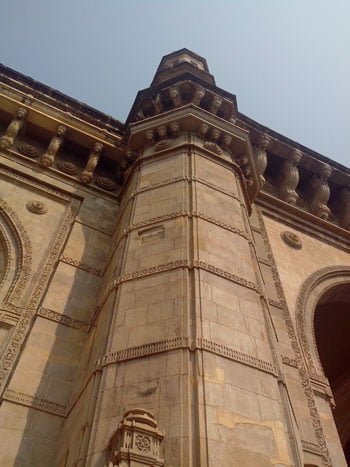
Central dome was designed with intricate lattice-work and the 4 minarets ( turrets ) are the prominent features of the entire structure of the Gateway of India.
There are steps created towards the sea-side of Gateway of India structure, is always led to the new opportunity and prosperity in blue lagoon.
The cost of the construction was 21 lacs (US$34,000), borne mainly by the Government of India. For lack of funds, the approach road was never built,
The Central halls have capacity Approx 600 people.
Facts Metrics Information On Gateway Of India :
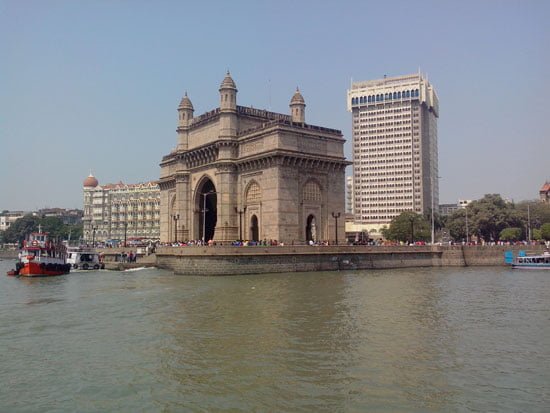
Location : Colaba, South Mumbai.
Highlights/Famous For : Indo-Saracenic style of architecture
Nearby Tourist Attractions : Elephanta Caves and Taj Mahal Palace Hotel
How to Reach: 2.5 km from Chhatrapati Shivaji Terminal and 2.4 km from Churchgate.
Visiting Hours : People can visit the monument at any time of the day. The best time to visit the Gateway of India is during the period of November to March, as the post-monsoon climate is very pleasant and there are very less chances for downpours at this time.
The First Battalion of the Somerset Light Infantry was the last of the British troops which left India after its Independence. Incidentally, while retreating, the troop passed through the Gateway, in a ceremony on February 28, 1948.
As a matter of fact, even the last of the British ships, set sail for England from Gateway of India in Mumbai
The entire area now serves as a magnet for tourists visiting the gateway and nearby Taj building, going to the Elephanta Caves or coming in remembrance of the 26/11 attacks.
Behind the Gateway, steps lead down to the waterfront, where boat trips can be had to locations such as Elephanta Island.
The statues of Chhatrapati Shivaji and Swami Vivekananda were installed later at the Gateway.
Ref : oldphotosbombay.blogspot.in, historicaltimeofindia.blogspot.com, orientalarchitecture.com, mumbai.org.uk, lifestyle.iloveindia.com, en.wikipedia.org,

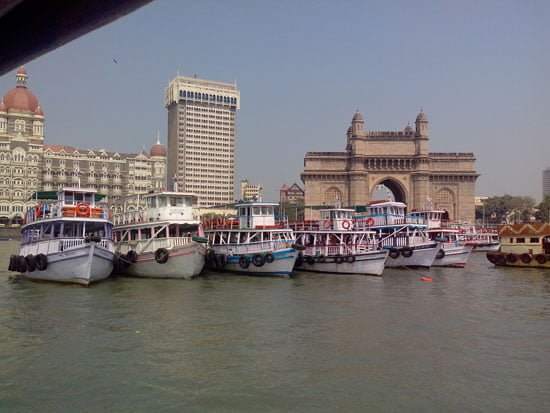
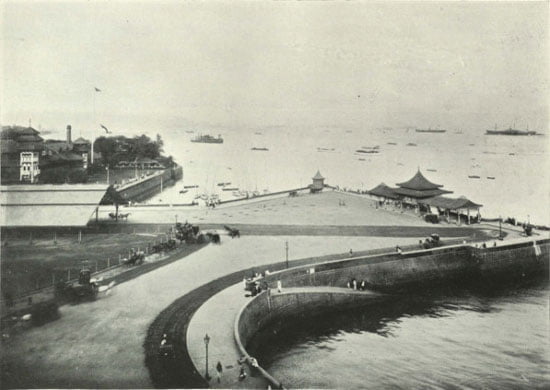
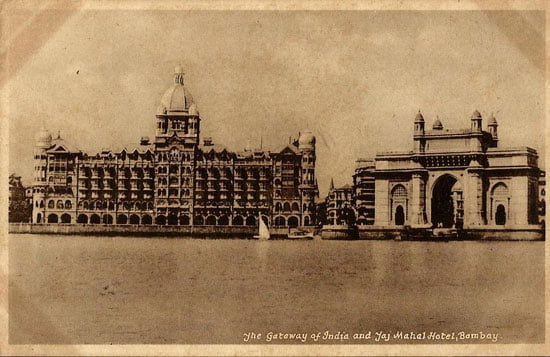
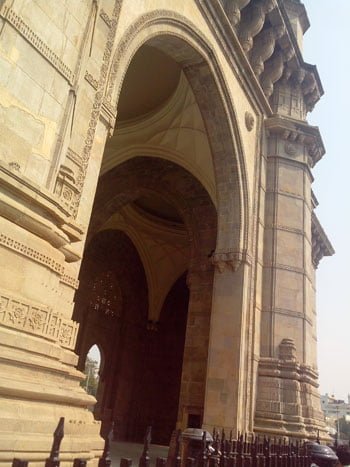






Leave a Comment
You must be logged in to post a comment.